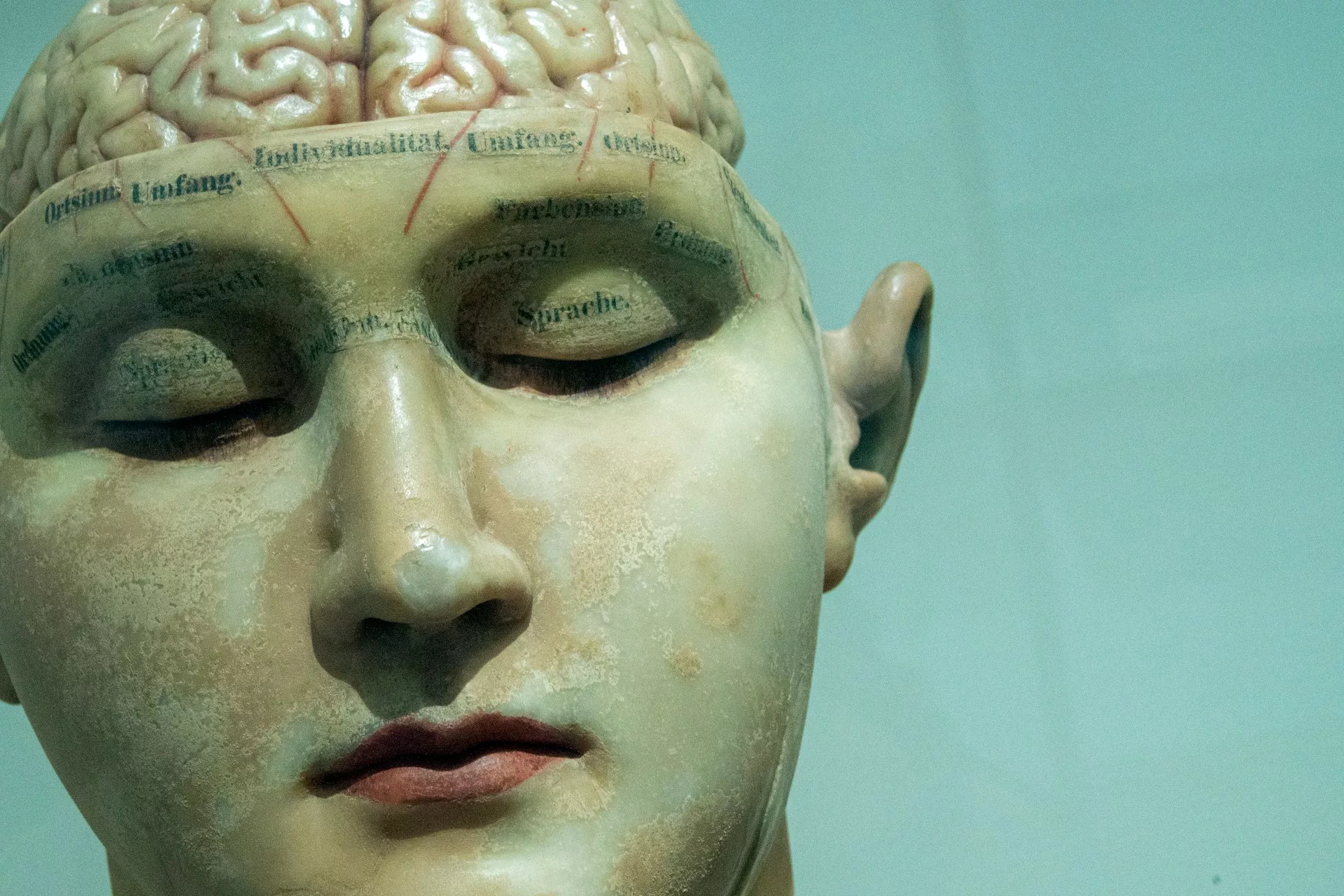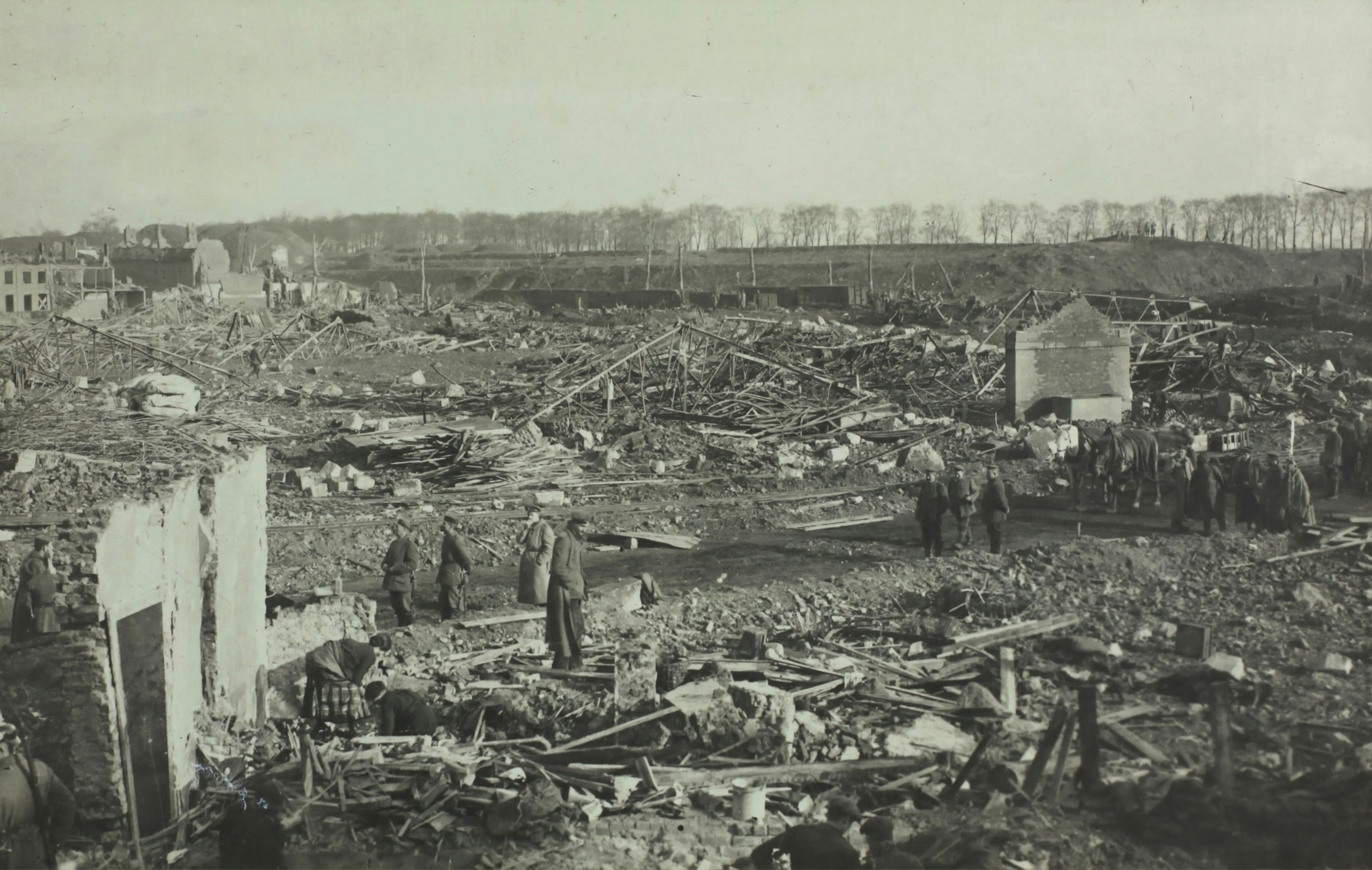An understanding of a patient’s consciousness is crucial during treatment, yet highly subjective. Neuroimaging may aid this understanding. Photo credit: David Matos via Unsplash
Consciousness is perhaps the essential feature of the human condition, but is rarely at the forefront of medical science and practice. The clinical and ethical challenges arising when consciousness is diminished or even abolished following brain damage remain relatively understudied. And yet, this scientific aversion makes a certain amount of sense: medicine deals in empirical diagnoses and data-driven treatments. Consciousness is something we barely understand from this scientific point of view, and clinical practice shows it. But we could be doing better.
Consciousness is perhaps the essential feature of the human condition, but is rarely at the forefront of medical science and practice.
Even the question ‘What is consciousness?’ leaves many thinkers baffled. My personal favourite answer follows Louis Armstrong’s quip about Jazz, ‘If you have to ask, you’ll never know.’ One can only point to examples that we, as conscious agents, can recognise and relate to. Consciousness is the redness of your experience when you look at a rose, and the subjective quality of that perception. As the American philosopher Thomas Nagel famously puts it, someone is conscious when there is ‘something it is like’ to be that person. Some kind of experiential glow accompanies their mental reality. Oftentimes, this concept is referred to as the phenomenology of experience. Phenomenology is the hallmark of consciousness.
And for clinicians, this phenomenal experience is at the centre of medical decision-making. The most fundamental clinical question at each stage of treatment following acute brain injury concerns ‘Is the patient conscious?’ After all, establishing one’s capacity for phenomenal experience is essential to tailor treatment plans to a patient’s realistic goals and needs. An undue level of scepticism must of course be avoided. Any potential sign of consciousness in this patient population should be seen as a great thing, and we must be exceedingly cautious not to overlook this evidence. However, excessive caution should not come at the expense of diagnostic accuracy: we owe it to the patient and their family to deliver accurate clinical information. Neurologists are thus routinely, and crucially, called upon to assess consciousness following brain injury throughout the care process.
This project is far from straightforward. As Plum and Posner remark in their classic book on the Diagnosis of Stupor and Coma, ‘the limits of consciousness are hard to satisfactorily define, and we can only infer the self-awareness of others by their appearance and their acts.’
In a clinical setting, this means looking for intentional emotional or motor responses to external triggers. Appropriate visual tracking or smiling in response to pictures with a positive emotional valence, for example. Yet this inference is ultimately a leap of faith. Consciousness is something characterised by the subjective experience of the individual; it can elude objective measurement in terms of observable behaviour.
Consider what happens when you are dreaming, for example, and enjoy a rich inner experience despite showing little external behaviour. Philosophers have long referred to this inferential gap as the ‘problem of other minds.’ We may estimate that patients lacking certain behaviours lack consciousness, but we could conceivably be wrong—nothing about the subjective glow of experience demands any behaviour at all.
In a clinical setting, this means looking for intentional emotional or motor responses to external triggers [for signs of consciousness]…Yet this inference is ultimately a leap of faith.
Indeed, this problem is forcefully brought to light in the clinical context by cases of ‘covert consciousness’: patients are behaviourally non-responsive to external stimuli because of a near exhaustive disruption of motor pathways, yet they retain meaningful internal experience. The consequences of overlooking such cases hardly need stating; clinicians must carefully watch their step. Far from an abstract worry for philosophers, the problem of accurately diagnosing consciousness presents significant clinical challenges. It is time to put heads together and solve how to detect genuine subjective experience below the level of behaviour.
A new array of tools presented by advancements in neuroimaging offer potential avenues, but uptake has been cautious, and critics have remained sceptical. In truth, cases of covert consciousness were only taken seriously by most clinicians following a landmark neuroimaging study in 2006. The case describes a 23-year-old patient who, following acute brain injury, gave no indication of consciousness during a traditional bedside examination. However, the researchers observed neuroimaging results that suggested a preserved capacity for volitional thought: when asked to imagine playing tennis, functional magnetic resonance imaging (fMRI) revealed neural activity in the patient’s premotor cortex—a brain area involved in the planning of movement. A review of 37 since-published studies found that this covert experience can be found in 20% of patients classified as unconscious following behavioural exams.
A new array of tools presented by advancements in neuroimaging offer potential avenues [in assessing consciousness].
As such, it is perhaps surprising to see a hesitancy in incorporating neuroimaging into clinical protocols. The Royal College of Physicians in the UK, for example, deliberately opted not to recommend its routine use in their 2020 guidelines. A recent review article published in Brain limits its discussion and recommendation of neuroimaging to ‘borderline cases’ of disordered consciousness, and recognises these techniques ‘remain imperfect and cannot replace behavioural measures’. Uptake on the whole has been cautious.
Perhaps understandably. The phenomenological significance of these neural responses remains unclear. To conclude the presence of consciousness from activity in the premotor cortex may be hasty, since this region is implicated in a wide variety of cognitive processing—some of which is disappointingly rudimentary. Robust neural activity is observed here, for example, when a subject is subliminally exposed to action-related stimuli in a masking paradigm, despite the participant reporting no conscious awareness of the stimulus. As such, it seems consistent with the available data that activity in the premotor cortex merely reflects a subconscious neural response: one triggered by the semantic loading of the terms ‘tennis’ and ‘playing’ taken as auditory input. When attempting to determine if these signatures of neural activity correspond to genuine subjective experience, some neurologists are inclined to throw up their hands.
But I think this scepticism is overstated. There is a sense, of course, in which neuroimaging faces many of the same objections as behavioural analysis. We remain unable to peer directly into another’s subjective point of view. Yet I would argue the playing field has changed with the introduction of neuroimaging, and in a significant way. After all, consciousness is something that accompanies cognition: it is exhibited by thoughts not behaviours. There exist certain kinds of cognition that, sparing some whimsical thought experiments, only take place in a conscious mind. Indeed, uncovering these characteristically conscious thoughts—and their neural correlates—is one of the driving projects in cognitive science. This body of understanding is yet to be leveraged in a clinical context.
And it suggests our current neuroimaging attempts are simply looking in the wrong place. On nearly all accounts, consciousness requires integrated neural processing beyond the primary sensory and motor cortices.
The highly influential global neuronal workspace theory, for example, suggests a mental state is conscious when it is widely broadcast to other processes in the brain. After all, our conscious experiences are typically those we can use to guide our reasoning or action: this is largely why clinicians take an intentional response to an external stimulus to indicate it has been consciously registered. And even if these motor effectors are disabled, the preservation of this kind of ‘broadband’ cognition is a strong indicator of phenomenal experience.
Indeed, a recent Nature Reviews article suggests ‘[c]overt consciousness likely represents the residual ability of the brain to integrate information across multiple functional systems.’ The takeaway message is clear. Conscious experiences arise when information is broadcast outside of the primary brain areas where it was initially processed. Focusing on reflexive processing in areas like the premotor cortex, then, is misplaced in attempting to detect subjective experience. Current understanding tells us to look elsewhere.
Diagnoses of consciousness should instead focus on establishing the intact structure and functioning of the neural substrates underlying higher-level integrative functions in the brain. That likely means the prefrontal cortex, with its bundle of long-range neurons that form a distributed network across the brain. When this circuit is behaving properly its neurons are kept fit for long-range projections by electrical input from deeper in the midbrain.
Dysfunction in this distributed network, by contrast, would result if the resting electric charge of its neurons was disrupted. Intriguingly, this results in changes in neuronal firing patterns at rest that can be detected using neuroimaging techniques such as electroencephalography (EEG). Assessing the integrity of these high-level neuronal structures could offer a far more sophisticated diagnosis of a patient’s level of conscious experience.
The ethereal nature of consciousness will always introduce an element of guesswork into these judgments. But given the stakes of getting them right, we owe it to patients and their families to be as accurate as we can. Current techniques that look for localised brain activity following motor imagery tasks are really a shot in the dark. That being said, a more sophisticated understanding of consciousness and its neural basis is out there. We could be doing better.





